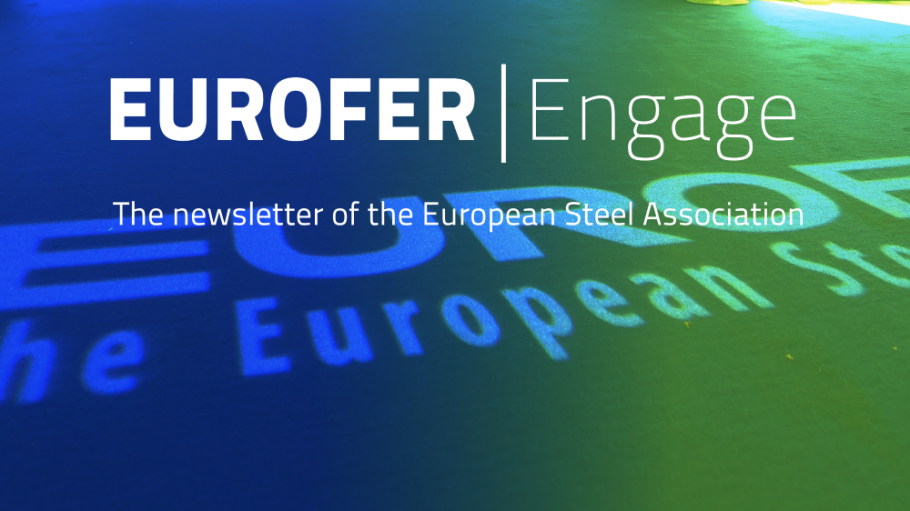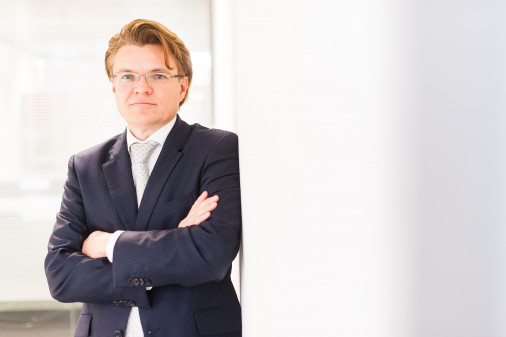

The EU Climate Law - recently endorsed by the EU institutions – sets the ambition to reduce emissions by 55% by 2030 compared to 1990 levels and to reach climate neutrality by 2050. This target makes the EU by far the most ambitious major region worldwide in the field of climate policy.
This specific target forms part of the wider European Green Deal, first presented by the Commission in December 2019. This set out a detailed vision to make Europe the first climate-neutral continent by 2050, safeguard biodiversity, establish a circular economy and eliminate pollution, while boosting the competitiveness of European industry and ensuring a just transition for the regions and workers affected.
That political ambition is now to be made whole in a raft of legislation set to formally emerge on 14 July 2021 in the form of the Fit for 55 package, including: the revision of the EU Emissions Trading System (ETS), a Carbon Border Adjustment Mechanism (CBAM), revision of the Energy Tax Directive (ETD), amendments to the Renewable Energy and Energy Efficiency Directives, as well as others on the reduction of methane emissions from the power sector, greenhouse emissions from land use and rules on passenger cars and alternative fuels.
The Fit for 55 package is one of the most significant - and largest - groups of measures the EU has ever released in one go.
The European steel industry supports the objectives of the European Green Deal – and thus understands and supports the rationale behind the Great Leap of the Fit for 55 package – as long as it proves to be a strategy for growth: with effective carbon leakage protection, support for low carbon technologies (through de-risking instruments like carbon contracts for difference), demand-side measures to create markets for green steel, and affordable, low-carbon energy,.
Our sector already had the ambition to reduce CO2 emissions by 30% by 2030 compared to 2018 levels (which is the same as -55% compared to 1990). This reduction can only be achieved if the large number of advanced decarbonisation projects led by European steel companies – over 100 across Europe – are covered by a robust and supportive EU framework.
With the new, more ambitious EU climate target and increasing carbon price, it is ever more essential to prevent carbon leakage effectively.
EUROFER will be working hard to ensure that the best possible framework is created out of Fit for 55, ensuring that European steel can continue to be competitive during its transition to the green and sustainable future.
***
If you would like to subscribe to receive EUROFER's newsletter, please do so by clicking: here or visit the link below in the footer below.
This newsletter will be sent out monthly. If you have any questions or comments, please do not hesitate to contact the EUROFER team.
